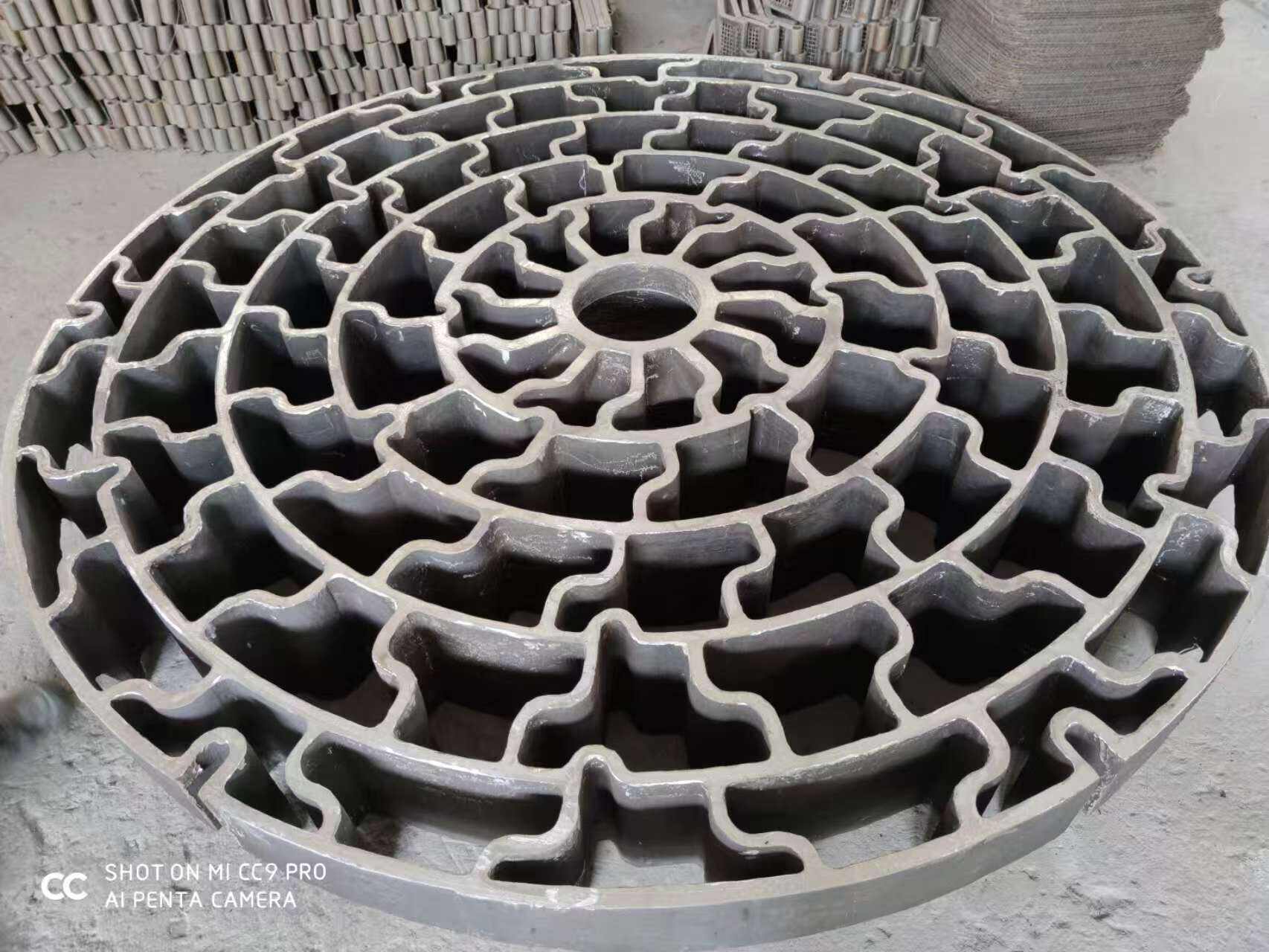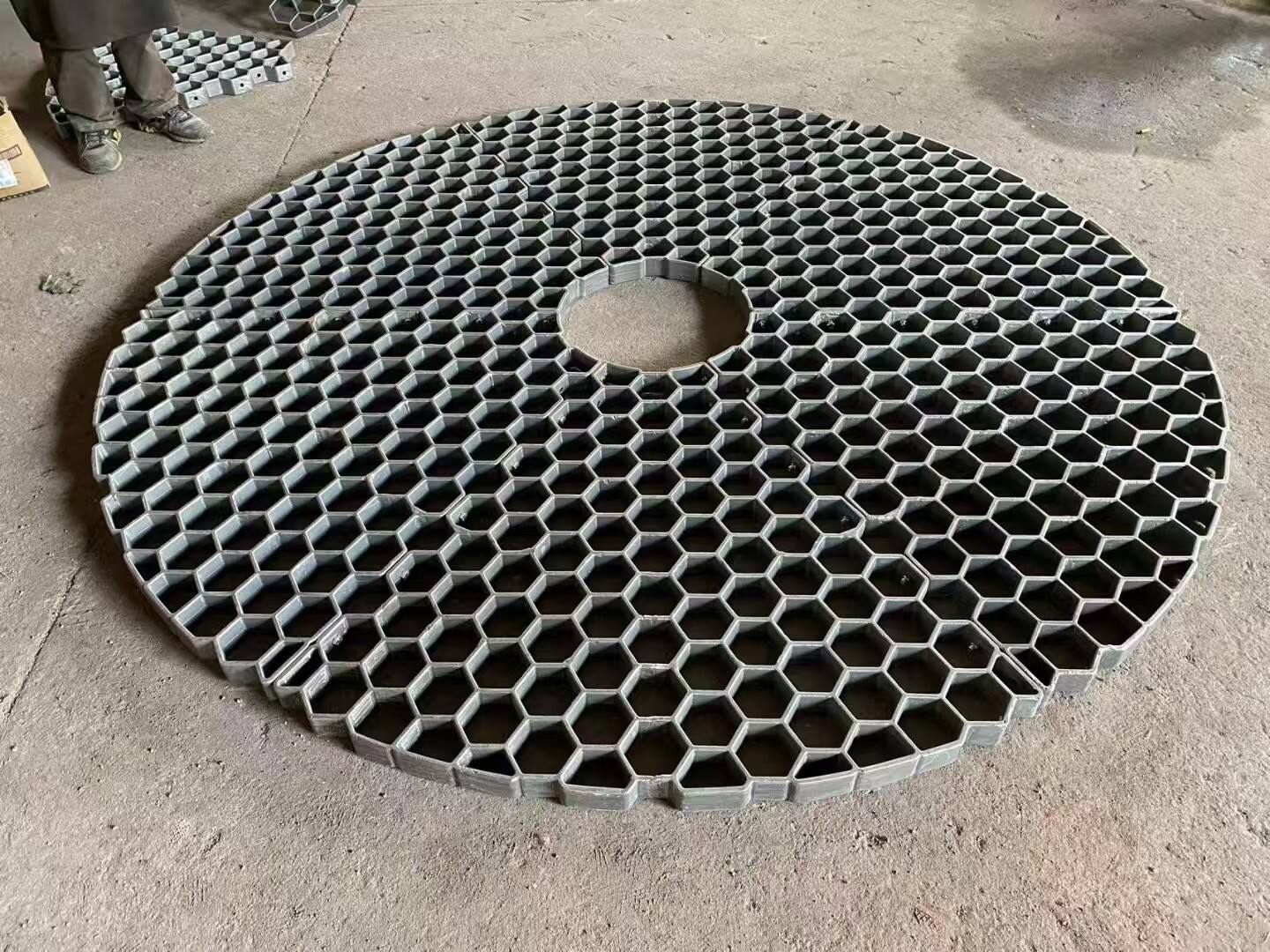post heat treatment
Post heat treatment is a crucial metallurgical process that enhances the mechanical and physical properties of materials after their initial manufacturing or forming processes. This sophisticated thermal procedure involves carefully controlled heating and cooling cycles to achieve specific material characteristics. The process typically encompasses several stages, including solution treatment, quenching, and aging, each contributing to the material's final properties. Modern post heat treatment facilities utilize advanced temperature control systems, precise timing mechanisms, and specialized equipment to ensure uniform heat distribution and optimal results. The technology finds extensive applications across various industries, including aerospace, automotive manufacturing, and precision engineering. The treatment can be customized to meet specific requirements, such as increasing hardness, improving ductility, reducing internal stresses, or enhancing wear resistance. Advanced monitoring systems and computer-controlled processes ensure consistency and repeatability, while various atmosphere controls prevent unwanted surface reactions during treatment. This versatile process can be applied to a wide range of materials, including various steel grades, aluminum alloys, and other metals, making it an indispensable part of modern manufacturing processes.

